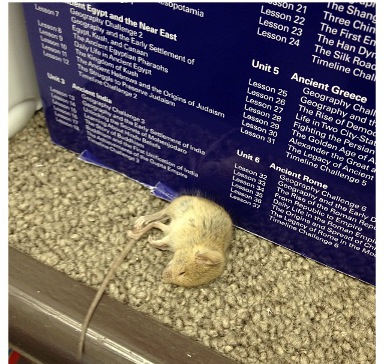Recently the Social Enterprise Alliance hosted a summit on metrics and impact. The day-long event featured speakers contemplating how to measure change. More specifically the event asked how we determine if an organization is creating the change that it purports to be making.
The event got me thinking about art organizations. Many creative organizations are designated as 501(c)3 non-profit entities. The status is given to a business based on it working for the benefit of the public not an individual. (Check out IRS language for specifics) I know that art is good for society but how does a non-profit arts organization demonstrate that the work that it is doing is good for society? What are metrics that we can use to demonstrate our impact?
Fortunately, the Baltimore Love Project, a city-wide street art project, has gone through many trials. One of my “fondest” memories made during the project was sitting in a prolific Baltimore foundation’s offices. It was one of my first pitches to a significant investor. He had the means to pay for the entire project. Trial by fire was an understatement. Despite our passion, we were not prepared to articulate a change that was of interest to him. He pretty much asked us how many kids would graduate from high school and go to college as a result of our work. We not only didn’t know the answer, we had no response. We learned that day that we need something tangible for people to see the value of our work. We needed metrics. We walked away with no money but an important lesson.
Since that conversation we have figured out what we are doing besides painting beautiful images on the sides of buildings. We have come to define our social value in three ways. First we are aesthetically changing the face of 20 communities. Second, we are putting Baltimore on the map as a destination to visit. Third, we are changing the philosophy of individuals.
The first change is obvious but important to note. We are physically changing the way our city looks. It is simple to measure. We can point to the mural on a wall or show photographs of the work. What is harder, and just as important, is to show that the change is positive. We have achieved that with thousands of people through social media and elsewhere espousing love for the murals. The second change is also important. We want people inside and out to see that Baltimore is more than HBO’s The Wire. Our metric for this comes in the form of content created. How many stories are being told about the Love project and where? We have a list of over 45 platforms that have shared our work. On top of that, we also have a catalog of responses from folks that are impressed with the city simply because something like the love project is happening here.
The final change is probably the most powerful. Art is meaningful because it can change philosophy. To measure this we are tracking two things in particular. The first is our presence at events in the community. We have explored philosophy on over 75 occasions in the past two years with over 3,000 people directly and 125,000 indirectly. The events range from large scale street festivals, to intimate three-hour conversations with a college class. You may be thinking that talking is not necessarily a sign of a changed mind. We agree. We are also tracking action that has happened as a result of the project. We have dozens of examples of individuals DOING SOMETHING as a result of the work. It is as simple as individuals empowered to tour Baltimore with murals as their beacons, or as intense as a couple reconsidering how they fight.
Over time we have learned how to describe our value. Our metrics are likely not complete nor perfect but have become very important to us. They help us understand the value of our project but more importantly they help others understand why a future where every wall is a canvas and every street corner is a gallery is a future worth pursuing.

